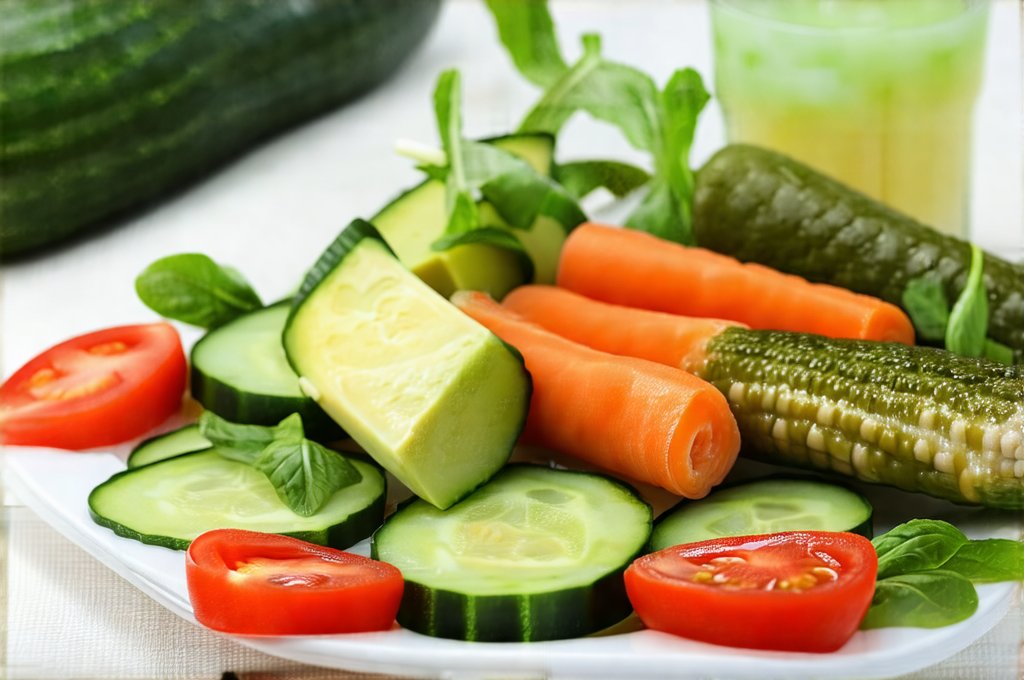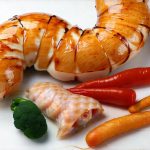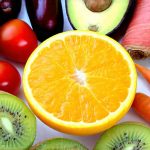The aftermath of what we commonly call “stomach flu” (often viral gastroenteritis) can be incredibly draining. While it’s not actually influenza, this highly contagious illness causes unpleasant symptoms like nausea, vomiting, diarrhea, and abdominal cramps – all of which take a significant toll on the body. Beyond simply feeling miserable, these symptoms lead to fluid and electrolyte loss, leaving you dehydrated and depleted of essential nutrients. Reintroducing food isn’t about immediately jumping back into your normal diet; it’s a carefully considered process focused on gentle rehydration and restoring gut function. It requires patience and understanding that your digestive system needs time to recover.
The primary goal post-stomach flu is not aggressive eating, but rather replenishing lost fluids and electrolytes while avoiding further irritation of the sensitive gastrointestinal tract. This means starting with easily digestible foods and liquids, gradually increasing complexity as tolerance allows. Think beyond just water; electrolyte solutions are crucial for restoring balance, and certain foods can aid in this process too. Ignoring these steps can prolong your recovery and potentially lead to complications. A thoughtful approach to diet is a key component of getting back on your feet after experiencing viral gastroenteritis.
Rehydration Strategies: Beyond Water
Rehydrating effectively goes far beyond simply drinking water, though that’s certainly important! The vomiting and diarrhea associated with stomach flu deplete electrolytes – vital minerals like sodium, potassium, chloride, and magnesium – which are essential for numerous bodily functions. Plain water doesn’t replenish these lost electrolytes, so relying solely on it can actually worsen the imbalance. – Oral rehydration solutions (ORS) like Pedialyte or similar brands are specifically formulated to restore electrolyte balance effectively. They’re readily available at most pharmacies.
– Sports drinks can offer some electrolytes, but often contain high levels of sugar which may exacerbate digestive upset. Diluting sports drinks with water can make them more tolerable.
– Natural sources of electrolytes include coconut water (rich in potassium), diluted fruit juice (avoid citrus initially), and even broth-based soups.
Sipping fluids slowly and frequently is also crucial. Gulping down large amounts of liquid can trigger nausea or vomiting, hindering rehydration efforts. Aim for small sips every 15-20 minutes rather than trying to chug a full glass at once. Pay attention to your body’s signals; if you feel nauseous, slow down or stop and rest before resuming fluid intake. Remember, the color of your urine can be a good indicator of hydration status: pale yellow indicates adequate hydration, while dark yellow suggests dehydration. If underlying issues like an [ulcer diet] are present it’s important to address them too.
Gentle Food Introduction: The BRAT Diet & Beyond
For decades, the “BRAT” diet – Bananas, Rice, Applesauce, and Toast – has been recommended as the initial food choice after stomach flu. While still a reasonable starting point, it’s now understood that restricting your diet too severely can hinder recovery. These foods are easily digestible and bind the stool, but they lack essential nutrients. – Begin with small portions of BRAT foods if tolerated, but don’t limit yourself solely to these options.
– As tolerance improves, gradually introduce other bland, low-fat foods like boiled potatoes, plain crackers (saltines), oatmeal, and cooked carrots.
– Avoid anything highly processed, sugary, fatty, spicy, or caffeinated during the initial stages of recovery. These can all irritate the digestive system and prolong symptoms.
The key is to listen to your body and introduce new foods one at a time, observing how you feel. If a particular food triggers nausea, diarrhea, or cramping, eliminate it from your diet temporarily. Don’t rush the process; allow your digestive system to gradually regain its strength. Probiotics, found in yogurt (if tolerated) or supplements, can also be helpful for restoring gut flora disrupted by illness, but consult with a healthcare professional before starting any new supplement regimen. For those who struggle with similar issues, an [IBS diet] might offer some guidance on long term food choices.
Restoring Gut Health & Digestion
The stomach flu disrupts the delicate balance of bacteria in your gut, leading to inflammation and impaired digestion. Rebuilding this healthy gut microbiome is essential for long-term recovery. – Probiotics are live microorganisms that can help restore beneficial bacteria. Look for strains like Lactobacillus and Bifidobacterium.
– Fermented foods (like yogurt with live cultures, kefir, or sauerkraut) naturally contain probiotics, but introduce them cautiously after the acute phase of illness.
Beyond probiotics, focusing on easily digestible carbohydrates and lean proteins supports gut healing. Avoid fiber-rich foods initially, as they can be difficult to digest. As your digestion improves, gradually reintroduce small amounts of soluble fiber (found in oats, bananas, and applesauce) which can help regulate bowel movements. Chewing food thoroughly aids digestion and reduces the burden on your system. Consider eating smaller, more frequent meals throughout the day rather than three large meals, allowing your digestive system time to rest between feedings. Using [prebiotic foods] can also support a healthy gut environment.
Preventing Dehydration Relapse
Even after you start feeling better, it’s easy to become dehydrated again if you don’t maintain adequate fluid intake. – Continue sipping fluids regularly throughout the day, even if you feel well.
– Be mindful of activities that increase fluid loss, such as exercise or spending time in hot weather. Adjust your fluid intake accordingly.
Recognize the early warning signs of dehydration, which include thirst, dry mouth, headache, dizziness, and dark urine. If you experience any of these symptoms, immediately increase your fluid intake. Avoid alcohol and caffeine, as they can have diuretic effects (promoting water loss). Pay attention to how your body responds to different fluids; if certain beverages trigger digestive upset, choose alternatives. Monitoring your urine color remains a simple yet effective way to assess hydration levels throughout the recovery process. It’s also important to avoid [digestive fatigue] by rotating foods as you recover.
Avoiding Trigger Foods & Long-Term Gut Support
Once you’ve recovered from the acute phase of stomach flu, it’s important to identify and avoid foods that may have triggered or exacerbated your symptoms. – Common trigger foods include dairy products (if lactose intolerant), greasy/fried foods, spicy foods, caffeine, alcohol, and artificial sweeteners.
– Keep a food diary to track what you eat and how you feel afterwards, helping you pinpoint potential sensitivities.
Long-term gut health support involves incorporating probiotic-rich foods into your diet regularly, maintaining adequate hydration, managing stress levels (stress can negatively impact digestion), and getting enough sleep. Consider consulting with a registered dietitian or healthcare professional for personalized dietary recommendations tailored to your specific needs and sensitivities. Remember that recovery is a gradual process; be patient with yourself and prioritize gentle reintroduction of food and fluids. Those experiencing brain fog may find [gut-supportive foods] beneficial in their overall recovery.


















